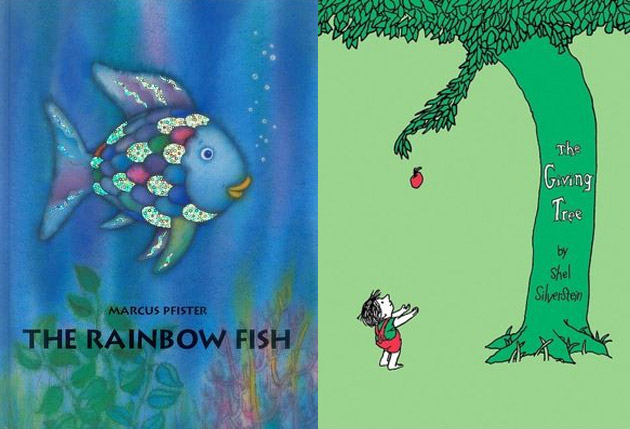Raising Confident + Natural Girls: 10 Ways to Cultivate Confidence
 I think we all want to raise confident girls who can successfully navigate their way though life. While my girls are still fairly young, I’ve come to realize that the building blocks of their future are already being put to use, and now is the time to consider the ways in which I can help them to be healthy and confident, not later. I know this topic is vast and cannot be summed up in ten easy points, I would love to start a discussion that allows this topic to be explored more, so please feel free to comment below. I also believe that while different, most of these points can be applied to boys as well…
I think we all want to raise confident girls who can successfully navigate their way though life. While my girls are still fairly young, I’ve come to realize that the building blocks of their future are already being put to use, and now is the time to consider the ways in which I can help them to be healthy and confident, not later. I know this topic is vast and cannot be summed up in ten easy points, I would love to start a discussion that allows this topic to be explored more, so please feel free to comment below. I also believe that while different, most of these points can be applied to boys as well…
- Build a healthy body image. Focus on health and well-being, both in and out. Teaching our kids to gently care for themselves and their health will give them a huge advantage in life. Check out Monique’s previous post in this series for a fun and natural approach to skincare for pre-teens and teens. Many images bombard our senses, most are unrealistic with a narrow idea of beauty. Broaden the definition of beauty by talking about the dangers of comparison and celebrating all different types of beauty, shapes and sizes often.
- Encourage an adventurous spirit. Focus on discovering new places and things, engaging the mind, and pursuing interests and new ideas. Possessing a sense of wonder is a lifelong joy that will far exceed the pursuit of outward beauty, and will help her define who she is.
- Let her steer the ship (when possible). Often we have preconceived notions about our children, but allow her to choose the activities she wants to pursue and follow her lead. Strengths and weaknesses will emerge along the way (maybe not the ones you expected!) Praise the strengths and gently encourage her in the weaknesses. Allow her to voice her opinion and to make choices when possible.
- Teach her to speak up. Talk to your daughter about standing up for herself and her needs. Teach her it’s okay to speak up, even to adults or those in authority, if she feels something is not right or if she doesn’t like how she is being treated.
- Seek out worthy role models. Build a list of role models, whether it be historical figures, leaders in your community, or characters in books. Take the time to talk about and emphasize women who embody healthy confidence whenever you come across them.
- Be the model yourself. As parents and caregivers, the way we speak of ourselves and about others is perhaps the most important thing when it comes to the confidence of our children. The confidence and calm that we possess when dealing with life’s decisions and problems can be a great example, especially our reaction to mistakes and inadequacies, both the ones we make and have and the ones of our children. Grace and encouragement go a long way.
- Teach her about self-reflection. Talking about a decision before we make it, asking ourselves questions and reflecting on events that have already occurred, all give us the tools to understand our world and ourselves a little better, and give us a greater measure of confidence. Journaling or talking to a friend or parent are good ways to do this. Wisdom and confidence grow as children begin to learn to trust themselves. Practicing gentle self-reflection out loud in front of your children when making a decision or when you have made a mistake will promote honesty and humility, as well as freeing your child to admit when they have fallen short themselves, and knowing that it’s okay. Growth and understanding are the goals, not perfection.
- Promote kindness. Kindness will always be beautiful. Shifting the focus from ourselves to others can open up our world and expand our minds. Purposely learning to love others will bring us joy and grow a humble love and respect for ourselves within the process. Modeling this for our children, as well as providing them with significant opportunities to put this into practice can have a huge impact.
- Give better compliments. Children can detect flattery or false praise, so use specific examples and sincerity when complimenting them. Compliment your child on their whole self, not just outward looks, talents, and results.
- Allow her to fail. There is a time to teach and a time to lend a hand, but allowing your child enough space to succeed or fail on their own is crucial. By doing so, you allow them to experience the full joy of succeeding or to learn the full lesson of the consequences of failing and trying again. Both outcomes have powerful learning experiences attached.
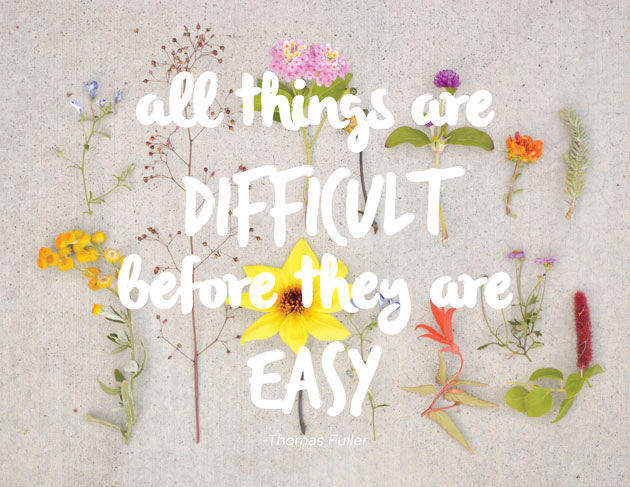
To download a copy of this quote to print, go here.
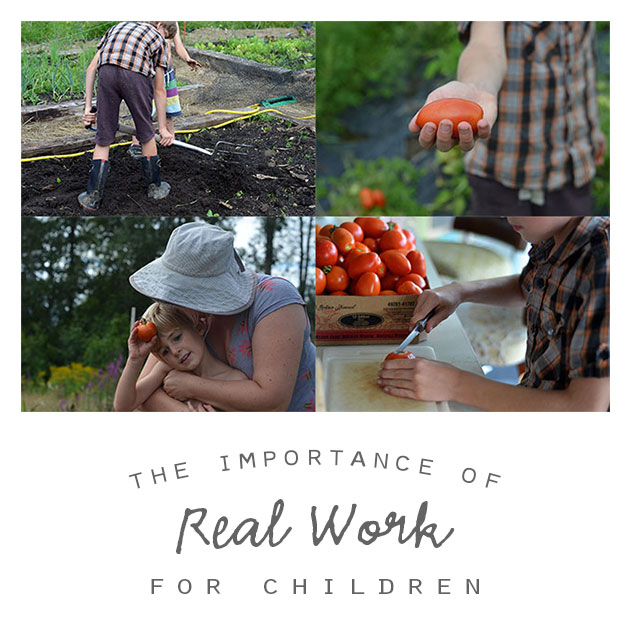
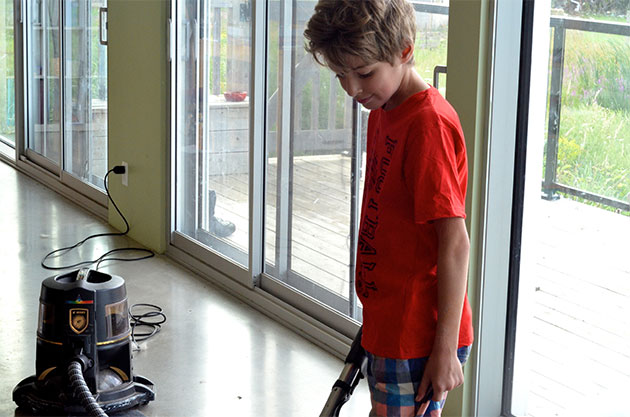
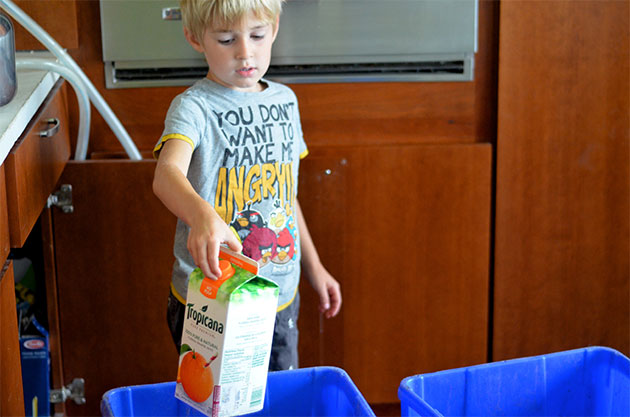














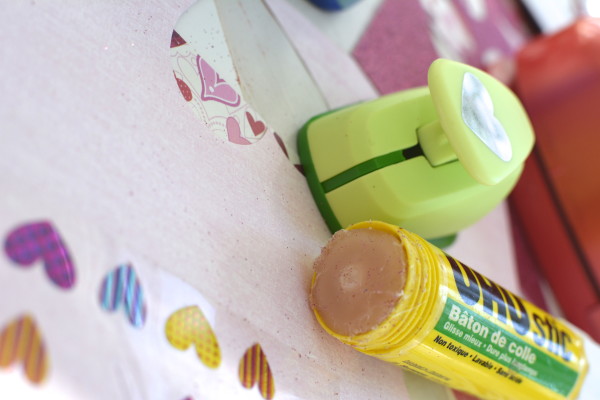
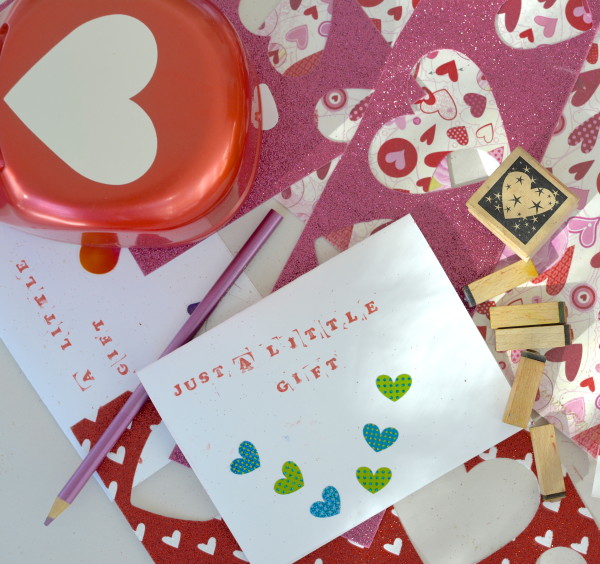



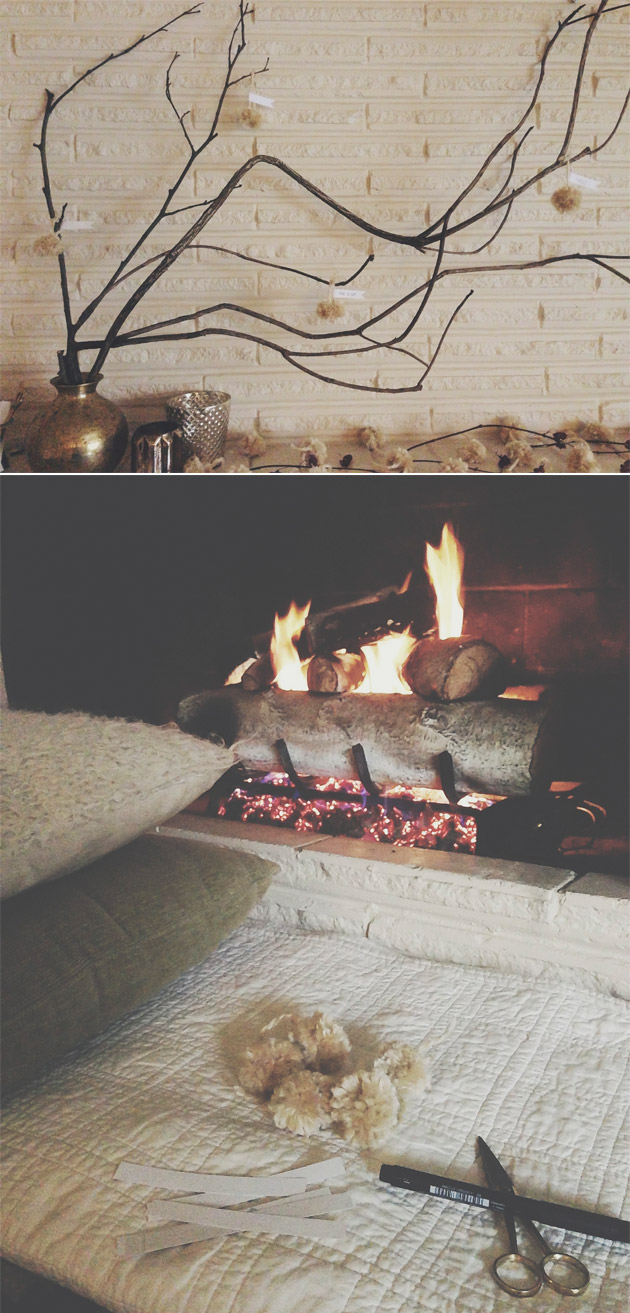
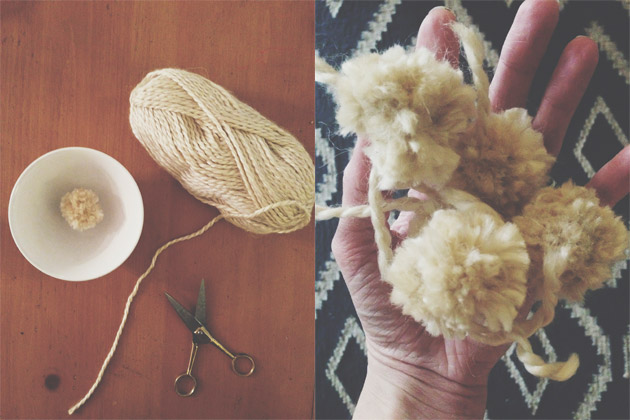
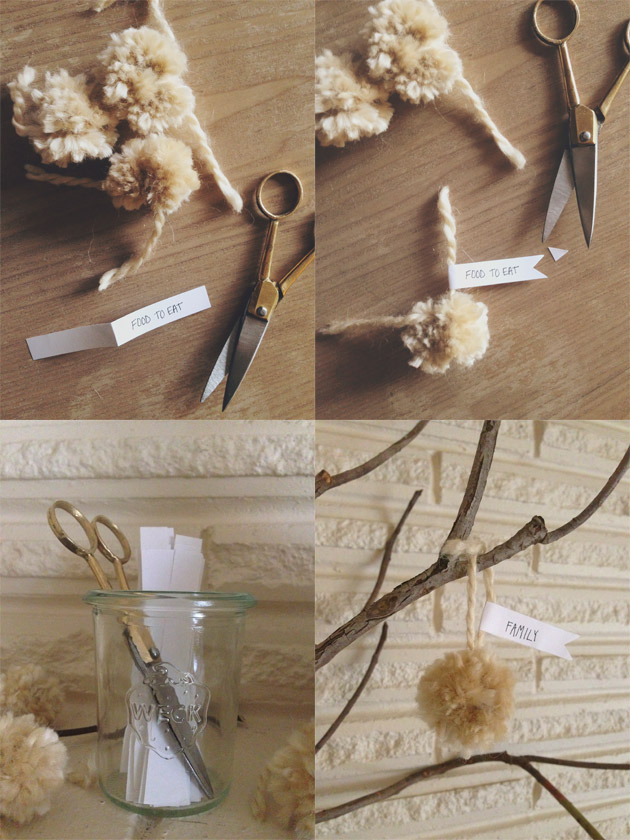
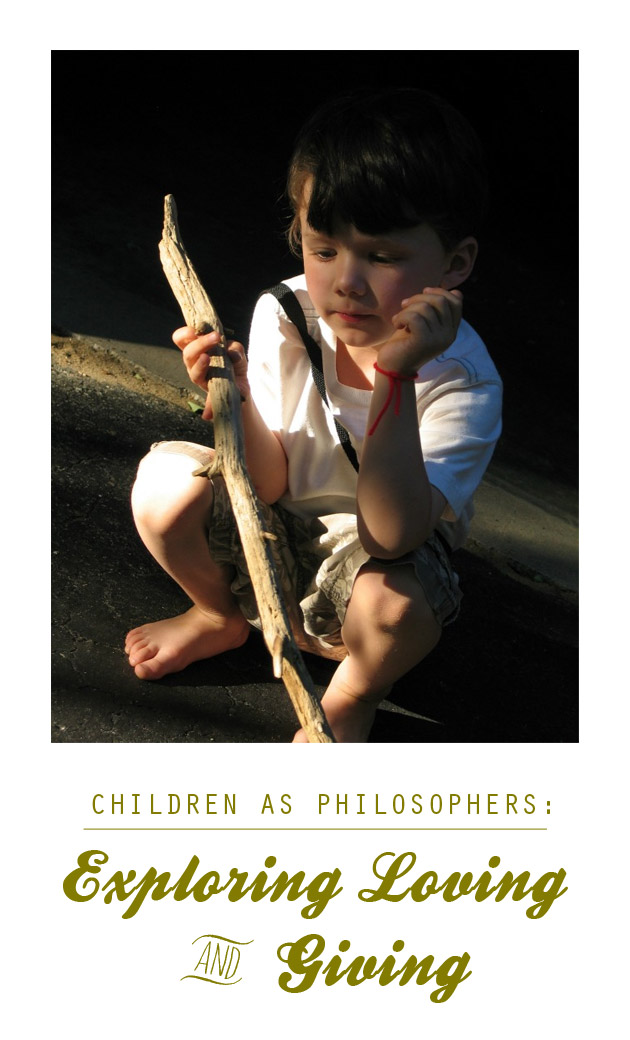 Monique of
Monique of 